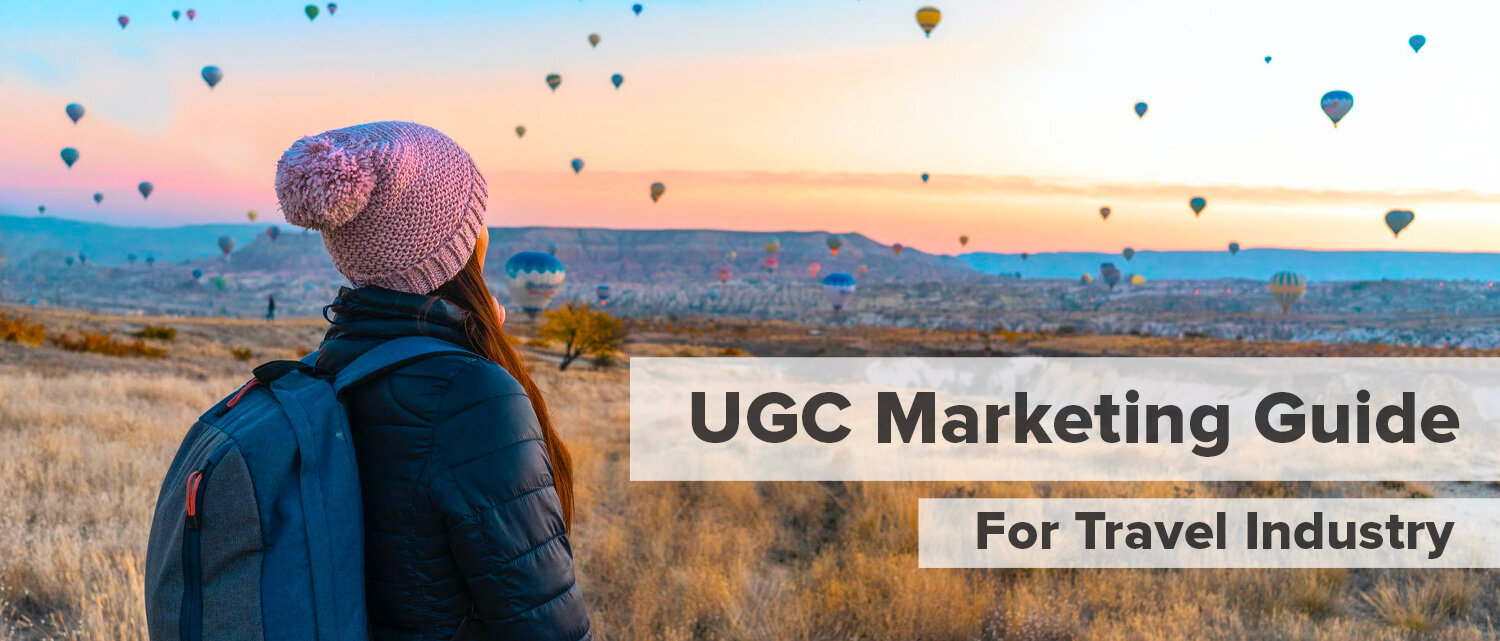How Travel Industry Can Foster User-Generated Content Marketing
Imagine waking up with a wish to go for a holiday to a serene destination and explore the beauty of nature. Believe me, the first thing you’ll do is “GOOGLE”.
You read the reviews of travel freaks to decide on a particular destination and then you will ponder upon the ratings of different travel companies to get your itinerary and tickets confirmed.
But, have you ever thought about why do you even consider these reviews and ratings before every click to plan your journey?
Simple, because they are trustworthy and reliable.
So to create a strong bond with the customers and attract them with the authenticity of the services, the Travel Industry leverages UGC and has incorporated it in every step of the booking process.
This blog is a full guide on how you can leverage user-generated content for the travel Industry, by what means can you encourage UGC, and how to manage the authenticity of the content.
So, let’s get started.
Why Leverage UGC For The Travel Content Marketing?
The travel industry is one of the fastest-growing sectors globally. With the high rising competition, it is getting tough for companies to stand still in the market and perform better than the other competitors.
To improve their performance, they need to buckle up their marketing strategies. But the question is;
What sort of content should they provide to the customers to magnetize them towards their company?
And here comes to rescue the User Generated Content. It is undoubtedly the most powerful content online that will help you brush off your competitors from the market.
User-generated content is any content such as reviews, feedback, photos, videos, blog posts, etc. created by the users of the company which reflects their experiences with the company and its services.
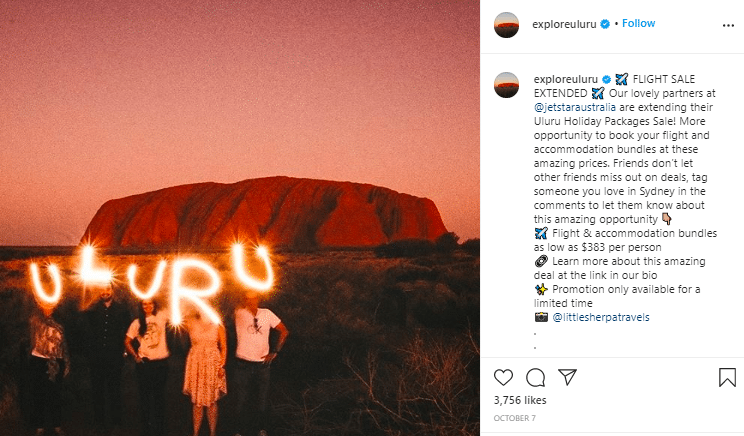
User-generated content for travel brands plays an important role in boosting the authenticity and reliability of the company to a great extent.
It allows travel companies to display the most valuable content to capture the attention of customers and elevate conversion rates like never before.
78% Millennials trust UGC
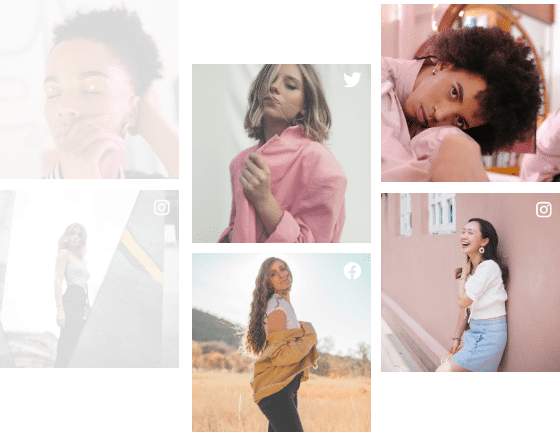
4 Great Examples of UGC in Travel Marketing
Through the lens of real experiences shared by travelers, UGC becomes a compelling storytelling mechanism, influencing potential customers and fostering a sense of community.
Let’s explore a curated selection of examples that showcase how leading travel brands effectively leverage UGC to enhance their marketing strategies and create engaging narratives that resonate with audiences worldwide.
Hilton Hotels:
- UGC Strategy: Hilton Hotels utilizes user-generated content on social media platforms, encouraging guests to share their experiences and photos during their stay.

- Implementation: Hilton often creates branded hashtags for guests to use when sharing their content on platforms like Instagram and Twitter. For instance, #HiltonStay is a common hashtag used by Hilton guests.
- Benefits: This strategy not only provides Hilton with a wealth of authentic content but also helps build a sense of community among travelers and potential guests who can explore real experiences.
Expedia:
- UGC Strategy: Expedia taps into the power of traveler reviews and ratings to influence potential customers. They prominently display user reviews and ratings on their platform.

- Implementation: Expedia encourages users to write reviews and share their opinions about hotels, flights, and experiences they booked through the platform. This content is then prominently featured on the respective product pages.
- Benefits: By showcasing genuine reviews and ratings, Expedia builds trust with its audience, helping potential customers make more informed decisions about their travel choices.
Airbnb:
- UGC Strategy: Airbnb actively promotes user-generated content by encouraging hosts and guests to share their unique and memorable experiences on social media.
- Implementation: Airbnb uses hashtags like #Airbnb and #AirbnbExperience to curate and aggregate content shared by users. They also feature user stories and photos on their website and marketing materials.
- Benefits: By showcasing diverse and authentic user experiences, Airbnb fosters a sense of belonging and inspires potential users to consider Airbnb for their travel accommodations.
Tourism Queensland:
- UGC Strategy: Tourism Queensland, particularly known for its “Best Job in the World” campaign, leverages user-generated content to promote its destinations.
- Implementation: The campaign involved inviting people to apply for the “Best Job in the World,” which was a position to live on the islands of the Great Barrier Reef, and promoting them through blogs, photos, and videos. This generated a massive amount of user-generated content.
- Benefits: Tourism Queensland successfully turned the campaign into a global phenomenon, generating widespread media coverage and user engagement. The UGC created by the participants served as authentic and compelling promotional material.
These examples demonstrate how various companies in the travel industry leverage user-generated content to enhance their marketing strategies and engage with their audiences effectively.
70% of consumers consider UGC reviews

Types of UGC That Travel Industry Needs
Now since we know the importance of user-generated content for travel industry at every step of the booking process, let us explore the different types of UGC that can help you attract more customers.
1. Reviews & Feedback
Reviews and feedback are the words of the internet about the quality of the services of a company. Customers are willing to know what the existing or past experienced customers have to say about particular hotels or destinations. Also, destination marketing can play a significant role in improving reviews and feedback for a particular destination.
People have a tendency to ruminate over these reviews and feedback before coming to a final booking decision.
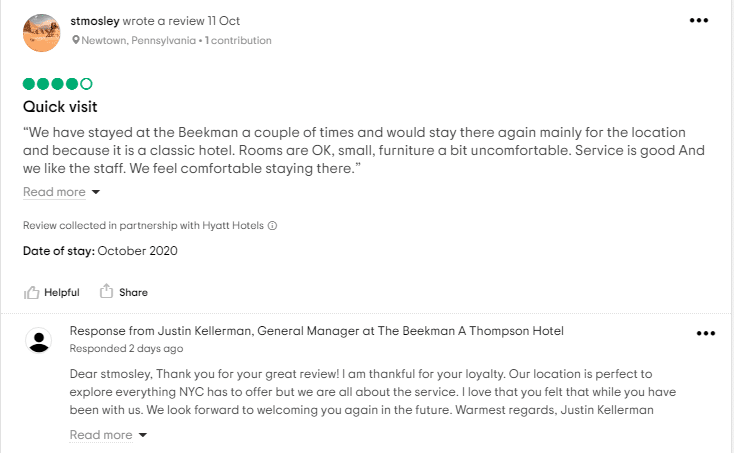
To provide a seamless decision-making experience to the customers, travel companies display the reviews of their real customers on their websites, social media accounts, and other review sites.
Travel companies, airlines, and hotels should separate positive and negative reviews/feedback and should display only the positive ones that reflect the aesthetics of their services.
According to statistics, 95% of travelers consider reviews before booking for a hotel. These reviews not only boost engagement with the customers but also lift the conversion rates of the companies.
2. Ratings
A 5-star or 7-star hotel will offer the best leisure and luxurious services. But have you ever thought about who decides the star rating of these hotels?
Well, it’s the customers who rate these hotels according to their experiences of the services provided.

Be it a hotel, or airlines, it is important for the companies to display these star ratings to the customers. This numerical figure plays a crucial role while booking for their vacation.
3. Visuals
Visuals attract people and infuse them with the liveliness of the image. They can trigger the emotions of the customers and influence their purchase decisions.
Taking this advantage into consideration, hotels, travel agencies enrich their website, social media, and advertisement pages with attractive and compelling visuals.
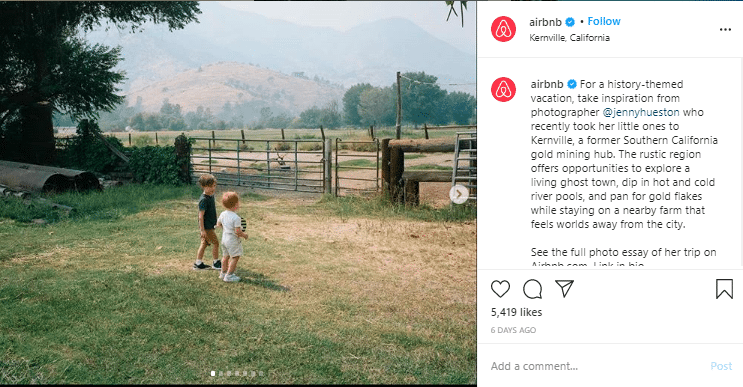
Images by the customers are the social proof of their quality services which adds to their credibility and makes them a perfect choice for the new customers.
4. Short-Form Videos
Short-form videos, particularly popular on platforms like TikTok and Instagram Reels, offer a dynamic way to capture and share travel experiences.
Brands can initiate campaigns encouraging users to share brief videos showcasing scenic views, activities, or testimonials. Reposting and featuring these videos on official channels not only amplifies their reach but also adds a vibrant and relatable dimension to the brand’s online presence.
Collect UGC videos from Youtube, Facebook and Instagram

How Travel Brands Can Use The Efficacy of UGC
The most crucial step is to utilize UGC effectively and efficiently to make the most out of it. Here are some interesting ways to use UGC.
1. Display reviews on the website for dignified image
Positive reviews about the hotels, airlines, or travel agencies are just a feast to their owners. They use these reviews to increase the reliability of their services.
These reviews are displayed on the website to make it look more professional and authentic than before. This enhances the image of the specific company and gives it a good position in a market full of competitors.
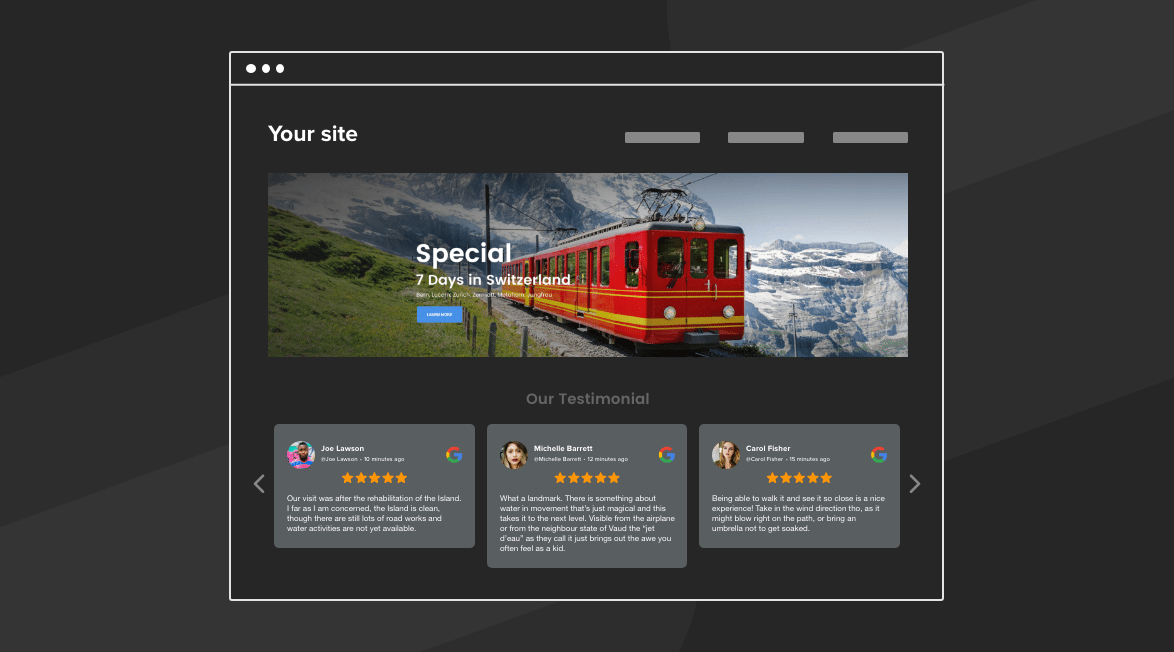
Many tools like Taggbox Widget can help you embed these reviews on your website and shine with the spark in your marketing sphere.
Also Read: User-Generated Reviews: Why It Is Important For Your Business
2. Legit advertisement with a social media feed wall on the website
With almost 3.6 billion users, social media is rolling over any other marketing channels nowadays. The first thing that people do when they go for a vacation is to upload their exciting images on social media to let others know about their experiences and their fun moments.
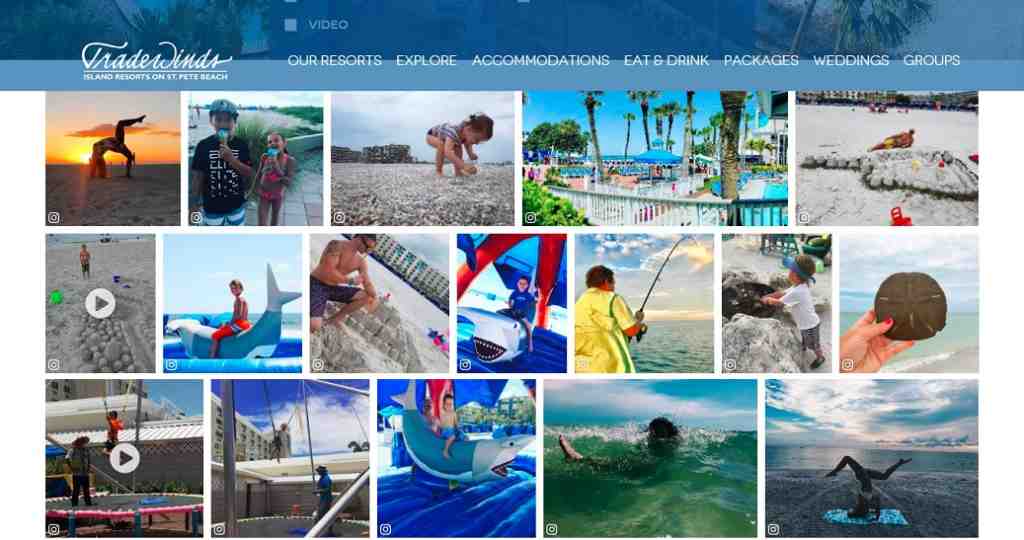
These images are a boon for the travel industry. They act as legitimate advertisements for the different sectors of the industry.
These images are curated and aggregated into a single feed by using a social media aggregator tool which then embeds the feed onto the website.
3. Create an exclusive visual gallery on social media
While uploading the image, people never fail to tag the place on social media. They do this either by mentioning their social media handle or by using dedicated hashtags.

Various sectors of the travel industry use these hashtags to create a compelling and enticing social media feed to display the exclusive content on their social media accounts.
This enhances the looks and design of their social accounts and gives them an opportunity to attract image-addict customers.
4. Create recurring marketing campaigns
With the end of one vacation, there is always the start of another vacation for some other person, and the cycle goes on.
The trend of using the images of one customer to drive new customers keeps ongoing and provides travel companies the opportunity to run the most authentic marketing campaign throughout the season.
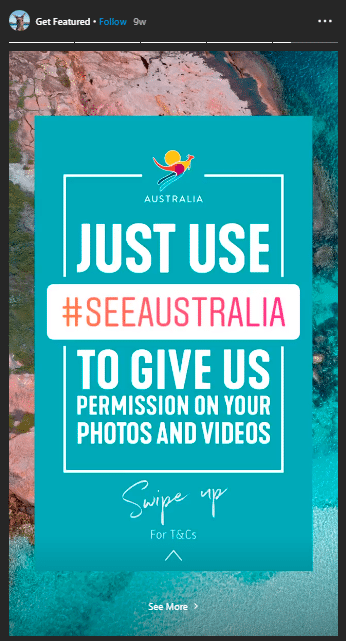
Travel companies can even create Hashtag campaigns, by asking customers to upload their fun moments using dedicated hashtags. These curated images can be used to create an exquisite gallery of compelling content.
This cost-effective way of marketing helps companies to promote their services effectively.
5. Design an attractive advertisement with print media
Print media is not a new trend instead it’s the most primitive form of marketing. Whether regular or digital, newspapers are the daily necessity of people nowadays. So, why not advertise your services using print media?
Travel companies can use the visual content generated by the brochure maker app to design attractive brochures and can use it to enhance their marketing strategy and boost their revenues.
6. Run UGC Powered Social Ads
Utilizing UGC in social media ads involves telling compelling stories about travel experiences through visuals and customer testimonials. These ads evoke emotions and connect with the audience on a deeper level. Tailoring UGC-powered social ads to specific demographics or interests enhances relevance and impact, ensuring that the content speaks directly to the target audience.
7. Boost engagement with email marketing
Email marketing is the most civilized and professional form of marketing. To boost engagement with email marketing, travel brands can create authentic emails with enticing user-generated content to increase the click-through rates on their emails and websites.
It will enhance customer interaction with the website and will result in magnified conversion rates and accelerated rates of booking a trip.
But, Can companies repurpose the UGC in the above-discussed ways without the user’s consent?
Let’s find out!
Does Reusing This User-Generated Content Require Permission?
UGC is the content type that is created by the users in their own comfort zones. But sometimes big brands/companies do not consider the privacy of the users and reuse their generated content for their own promotional activities. This results in legal complications that might ruin the company’s image.
Therefore, companies should adhere to some specific terms and conditions to use user-generated content legally.
It is important for companies to respect the privacy concern of the users and acquire permission from them before advertising their created content.
There are many UGC rights management tools available that can help the travel brands to acquire legal rights from the users for reposting the content.
Best Practices to Encourage UGC For Travel Website and Social Platforms
1. Create an easy, quick, and well designed online survey
To make sure that your surveys are impactful and hit the large audience, use limited questions and add attractive designs to it. Use different layouts like checkboxes, progress bars, MCQs, etc to make it easy for the customers to fill the survey even if they are running out of time.
2. Offer attractive and short scaling style for ratings
Use scaling styles for encouraging the customers to rate your services. The scaling pattern should be easy, and attractive like an innovative slide bar, or emojis.
3. Bypass Social Logins for Fast Process
Streamline the content submission process by bypassing social logins. Users often find it cumbersome to log in for surveys or polls. Providing an alternative, such as SnapUp, which allows content submission without any social logins, enhances user convenience. This approach reduces friction, making it more likely for users to contribute content spontaneously.
4. Create a reward system to encourage user participation
Who does not want to be rewarded? Offer an attractive give away or an exclusive reward for those who are participating. Rewards like win points, coins, badges, or discounts can make users feel special and overwhelmed. This results in better engagement of the users leading to more user-generated content for the travel industry.
Explore also – What is Destination Marketing
Suggestions For Better Handling of UGC
1. Display fresh and unique content
Customers rarely rely on reviews that are quite old. To gain customers’ attention, the travel industry should consider displaying fresh and unique content that is up-to-date.
Taggbox offers a feature of real-time updates which allow these brands to display fresh content every time a customer lands on the website to make a booking.
2. Moderate the content in a decent way
Not every review about your business is positive. Many people give negative feedback and use filthy content to share their views. This content might damage your image in the market.
To stay free from this degraded image, travel brands must ensure that they display only valuable and relevant content.
UGC Moderation feature offered by Taggbox helps the brands to moderate their content effectively simply and easily.
3. Provide the option of classification
It is always a good option to make your customers feel comfortable and easy while searching for their needs.
To achieve this, travel brands must provide customers with the option to classify the content according to price, location, availability, etc. Filtering reviews as per their requirement will make it easy for the customers to find the relevant reviews easily.
Wrapping it up
UGC is the most powerful content online as it displays honest and valuable reviews about the brand, and when it comes to the travel industry, it displays the authenticity of the services provided to the customers.
So, why not boost up your marketing game by leveraging UGC for travel industry advertisement?
With the above-discussed tips and suggestions, you can surely win the game with UGC and lift your conversion rates like never before.
